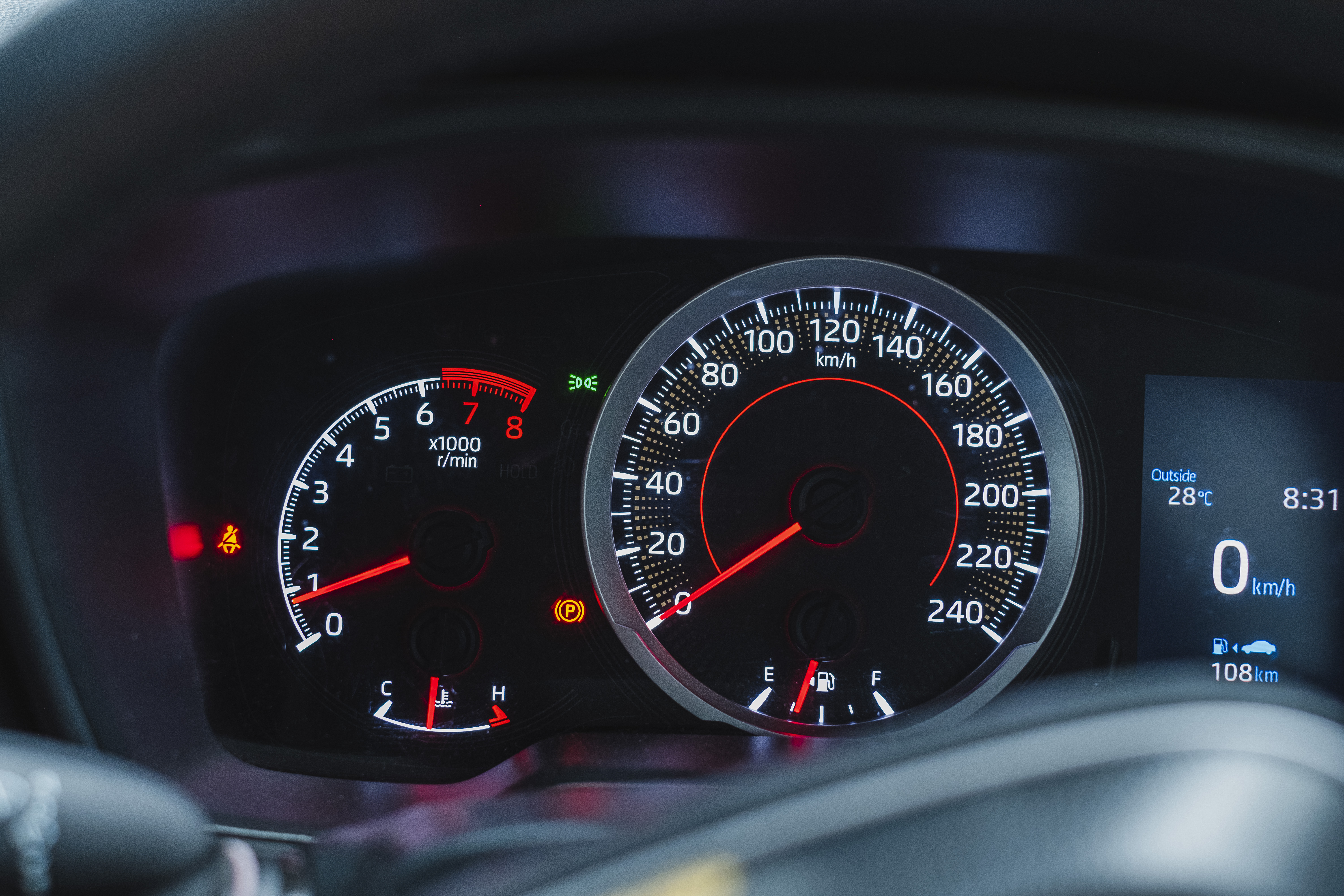A WHOPPING 400,000 Brits are at risk of buying a “clocked” car in 2024 alone, experts have warned.
The sneaky scam, that sees unscrupulous sellers wind back the mileage on their motors, has been on the rise in recent years despite advances in security tech.
Automotive data specialists Carly reviewed the results from the millions of UK drivers using their DIY scanner device to reveal the worrying trend.
They found that a whopping 6% of all vehicles in the nation had incorrect mileages based on MOT data in 2023.
Given that a further 7.24 million are expected to be sold this year, the figures suggest that more than 440,000 unsuspecting motorists could receive a car that’s been put through its paces more than they know.
Given the risk, the team at Carly shared four tricks you can use to tell whether your odometer has been tampered with.
Wear and tear
The clock may have been fiddled with but there’s not much dodgy dealers can do to cover up the other signs of ageing, especially if they are trying to work on the cheap.
Have a look out for any excess wear that would suggest the car has undergone heavier use than expected.
Areas like the bonnet, gear stick, pedals and steering wheel are difficult to patch up and liable to showing their age.
Likewise, if certain parts look much newer than others it suggest they have been replaced, so make sure to find out why that was.
Tired tyres
Heavy tyre wear is another sign that the motor has seen some action.
It’s unusual for the tread to be rubbed off or the rubber to crack on lightly used vehicles.
And you can check the age of the tyres, which is stamped onto them and can’t be removed.
If the tyres are very fresh, it probably means they needed a change so it’s worth asking the seller why that was.
Ancient History
A very easy way to see if the car has been clocked is to check its MOT history.
The MOT is required annually and the mileage is recorded at each test.
All the data is then available on the DVSA website by entering the registration and any inconsistency would suggest tampering.
For example if a car reliably does two thousand miles a year then suddenly is only doing 1,000, it’s a good idea to investigate why that was and see if it lines up with the vehicle’s condition.
Don’t get caught out; know what you are buying
Daniel Meeghan
On the block
Finally, it’s important to be aware of modern methods of clocking as it’s usually no longer a case of winding the odometer back with a screwdriver.
There are firms which offer mileage blocker devices and even fit them for you which will prevent the car’s central computer recording the mileage.
These are usually installed behind the dashboard so are invisible but look up if your make and model has one available.
If so press one of the steering wheel buttons for 10 seconds and, if the hazard lights flash, that indicates a blocker has been installed.
You can also use Carly’s free app to check the mileage history, while the scanner is able to communicate beyond the central computer to determine the real mileage of each major system.
Daniel Meeghan, UK country manager for Carly, said: “Mileage tampering has been around for many years.
“As cars become more intelligent, one might assume it is more difficult to alter their mileage.
“However, it has actually become easier as technology has become digital.
“Unscrupulous companies exploit consumers’ needs and the cost of living crisis by offering ways to reduce payments through mileage tampering.
“If you’re buying a car, the simplest and most cost-effective check is using an OBD scanner with manufacturer-level diagnostics.
“Don’t get caught out; know what you are buying.”










